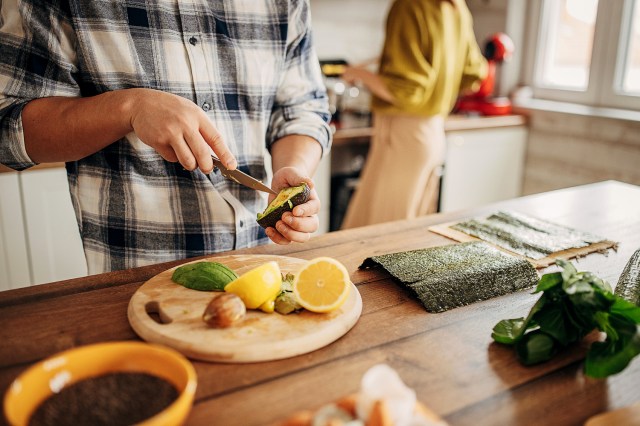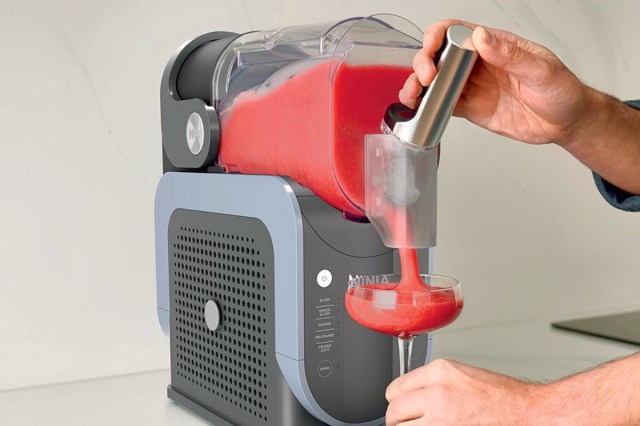One of the kitchen’s biggest battles isn’t whether to have chicken or pasta for dinner, but what tool to use when preparing it: a plastic or wooden cutting board? On the one hand, plastic cutting boards can go in the dishwasher, while wooden boards have to be hand-washed. On the other hand, plastic cutting boards are often flimsy and can slip on the counter, while wooden cutting boards are sturdier and safer. While you likely have both in your kitchen, which one should you grab? Hint: Not the wooden one. Read on to find out why.
All featured products and deals are selected independently and objectively by the author. Better Report may receive a share of sales via affiliate links in content.
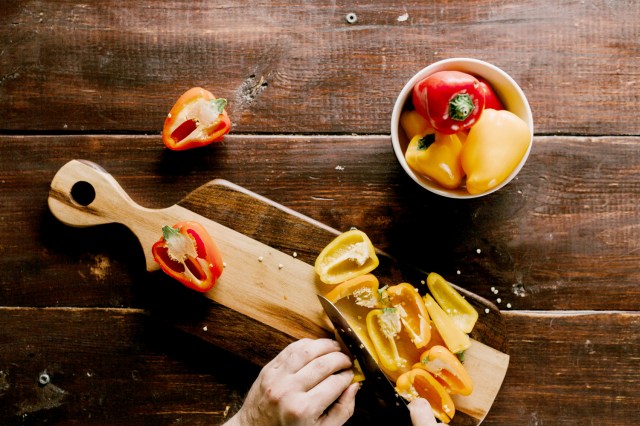
The Downside of Wooden Cutting Boards
Protecting yourself from bacteria in the kitchen is food safety 101. Unfortunately, using a wooden cutting board can increase your risk of contracting foodborne illnesses like E. coli and salmonella. When you use a cutting board to prepare raw meat, poultry, or seafood, the juice soaks into the material, especially if the cutting board is made from something porous, such as wood. The bacteria, mold, and mildew can linger inside the deep grooves and scratches of the board even after washing it in warm, soapy water. If this bacteria comes into contact with food, it can make you sick.
This is why some cooks prefer plastic cutting boards over wood. According to the USDA, nonporous cutting board materials are easier to clean than porous materials. This means plastic, marble, and glass cutting boards are usually safer than wood, especially when cutting raw meat. Plastic and glass boards also tend to be dishwasher safe, which decreases cleanup time and ensures a more thorough cleaning.
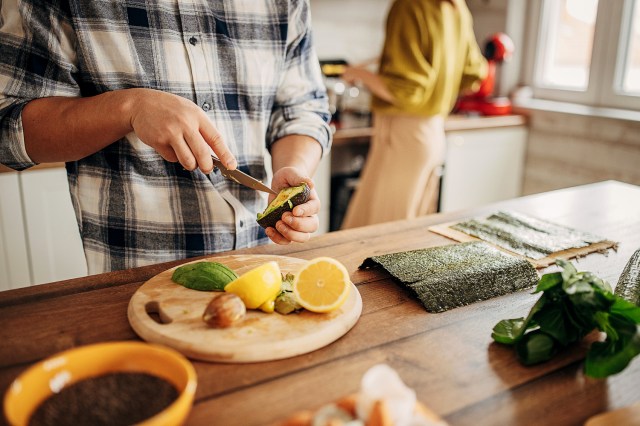
Try These Cutting Boards Instead
If swapping your beloved wooden cutting board for plastic is a deal-breaker, there are ways to improve food safety without compromising quality. Look for hardwood boards, such as maple, walnut, or cherry, because they are less susceptible to deep gouges from knives. Softwoods such as pine, cedar, and oak are better left as decorative kitchen pieces because knives easily create divots in softer materials.
However, of all the natural options for cutting boards, bamboo is the best. It is harder and less porous than wood, absorbing less moisture and standing up better to constant cutting. It’s a more natural alternative to plastic, more lightweight than marble, and easier on knives than glass.
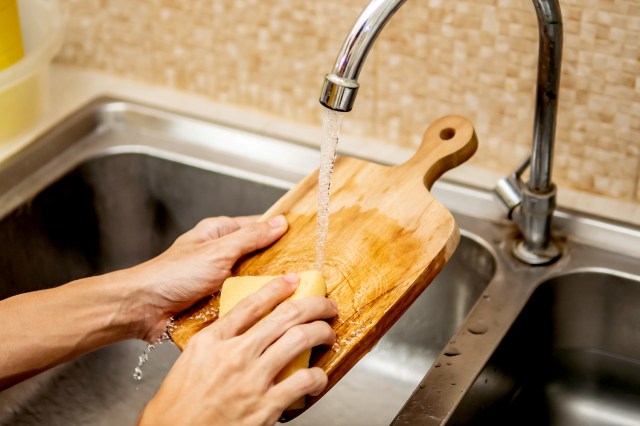
Cutting Board Maintenance
Any cutting board can expose you to bacteria if it isn’t cleaned correctly. For a quick clean after cutting up “safe” foods such as bread, cheese, and produce, scrub the board with hot, soapy water, rinse, and air dry, or put it in the dishwasher if the material is dishwasher-safe.
Cutting boards should also be sanitized after touching raw seafood, meat, or poultry. Create a solution of 1 tablespoon of unscented, liquid chlorine bleach and 1 gallon of water, soak the board for several minutes, then rinse thoroughly with warm water. After many washes, your board will start looking worn out. As soon as deep groves are set in (they’ll still appear dirty after a good wash), it’s time to swap it out for a new one.
Reader Favorites
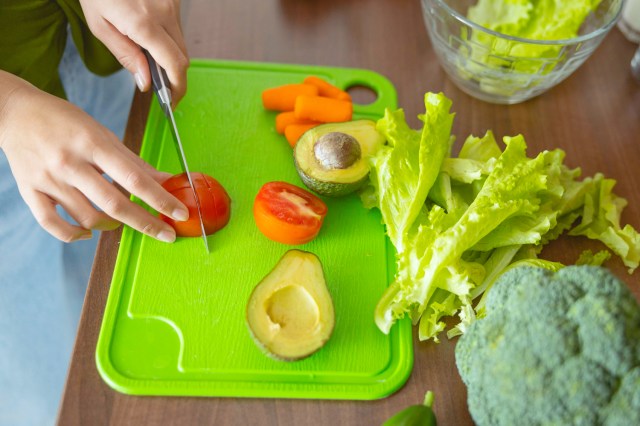
Pro Tip: Color-Code Your Cutting Boards
It’s a good idea to have at least two cutting boards, one for raw ingredients and one for ready-to-eat foods. This way, you won’t have to scrub down a cutting board while making your meal. To stay extra organized, use color-coded cutting boards to avoid accidental cross-contamination.
Featured Image Credit: South_agency/ iStock
More From Our Network
Better Report is part of Optimism, which publishes content that uplifts, informs, and inspires.
